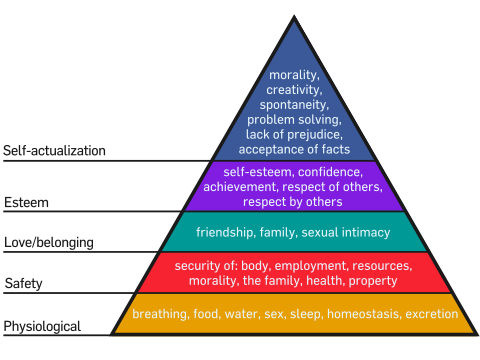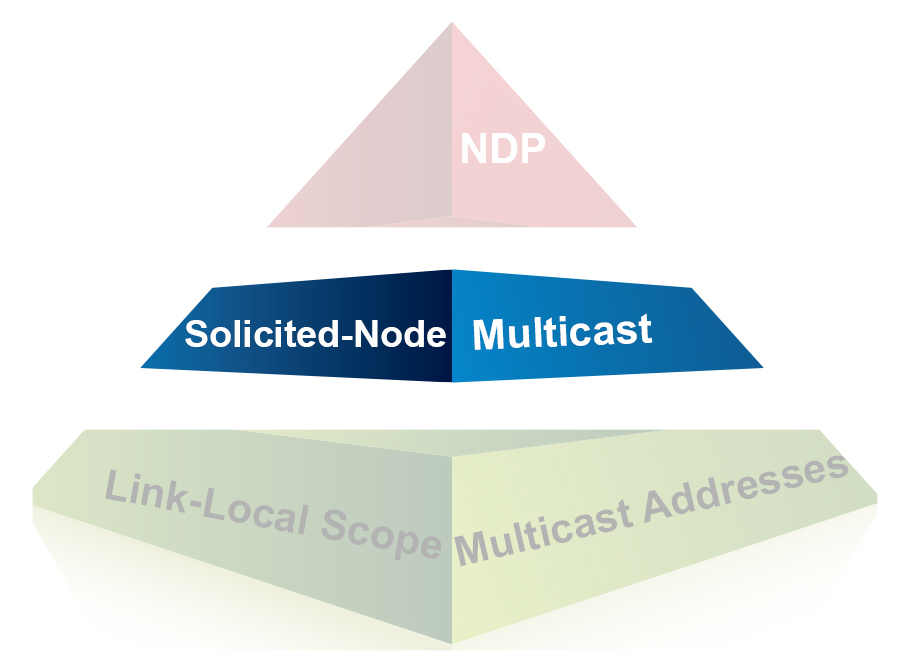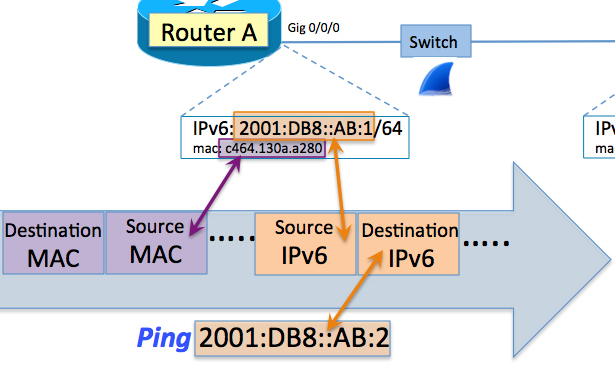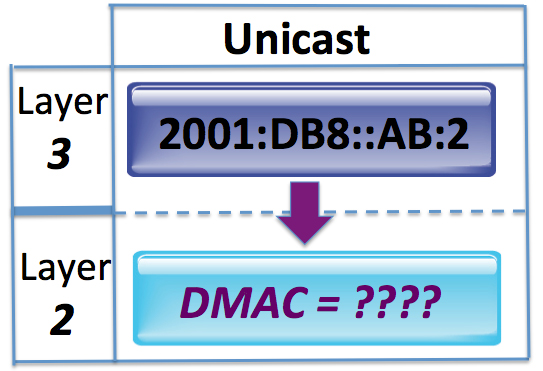Fear itself: Thinking through change and turmoil

Fair warning: this is going to be a controversial post, and it might be considered a bit “off topic.”
Maybe it’s just that time of year. Or maybe it’s several conversations I’ve been involved in recently. Or maybe it’s the result of following over 150 blogs on a daily basis covering everything from religion to politics to technology to philosophy. Whatever it is, there’s one thing I’ve noticed recently.
We’re really afraid.
I don’t mean “concerned about what the future might hold,” but rather — it seems, at least sometimes — sinking into a state of fear bordering on the irrational. Sometimes it feels like the entire world is one long troubleshooting session in the worst designed network I’ve ever encountered. Let me turn to a few completely different areas to illustrate my point. Some of these are going to make people mad, so hold on to your hats — and hear me out before you jump all over me or shut down.
We’re afraid of what the future might hold for us as engineers and as people. Maybe this entire software defined thing is going to destroy my entire career. Maybe I’ll end up like a buggy whip maker Continue reading
 The latest version of NNMi provides visibility across physical and virtual infrastructures.
The latest version of NNMi provides visibility across physical and virtual infrastructures.




 Ericsson wins network management deal with Swisscom; Nokia signs 5-year contract with Wind Mobile.
Ericsson wins network management deal with Swisscom; Nokia signs 5-year contract with Wind Mobile.






